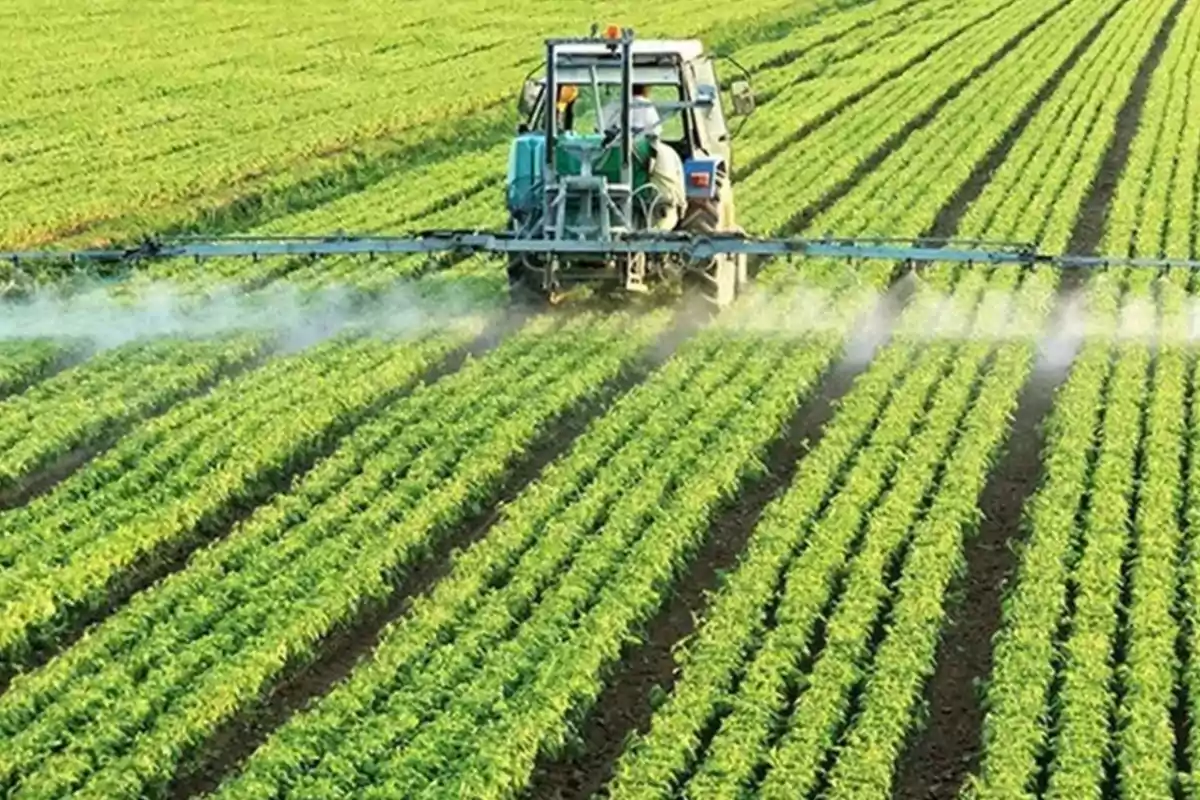
Strong investment in Córdoba's agricultural sector: record in imported fertilizers
Driven by wheat and corn, external purchases grew by 4.5% and have already surpassed 1.34 million tons
The consumption of fertilizers in Argentina grew by 7% in 2025 thanks to the boost from wheat and the greater intention to plant corn. According to the Rosario Board of Trade (BCR), both crops account for 65% of total nutrient use. The reduction in export duties also improves margins and boosts demand for this key agricultural input.
The rains in July gave the wheat season an exceptional start, generating favorable expectations in the sector. Meanwhile, corn is generating renewed interest due to projected margins. The climate context and the level of humidity complete an ideal combination for the massive use of fertilizers.
The first half of the year closed with 1.34 million tons imported, the second highest volume in Argentine history. This represents a year-on-year increase of 4.5% in total volume. In addition, the imported value climbed by 18%, reaching U$S 742 million in the first six months.

Composition of imports
The decline in nitrogen fertilizers was offset by higher purchases of phosphate and combined fertilizers. This was indicated by the latest BCR report on agribusiness foreign trade. The trend remains positive despite some fluctuations in individual products.
The report also warns that more than 60% of imports take place in the second half of the year. This means that market behavior in the coming months will be key. The dynamics of international prices could alter local demand, even with optimistic forecasts.
The World Bank indicated that global prices are rising due to higher demand, trade restrictions, and lower production volumes. The increase in costs has not yet been fully passed on to domestic prices. Nevertheless, from Ingeniería en Fertilizantes they warn that this adjustment will arrive in the short term.

Domestic market outlook
If the trend continues, 2025 would close with growth above 7% compared to the previous year's consumption. This would consolidate the country as a strong demander of fertilizers in the region. In turn, it would mark an important milestone after the contraction suffered in 2023.
The current pace of imports reflects a more active sector, with better production conditions and a more predictable regulatory environment. The reforms promoted by the government regarding export duties and exchange rates also had an impact. Although not decisive, they helped restore confidence in agricultural investment.
Analysts remain alert to international prices, which could affect planting plans for the main season. Any shock could have a direct impact on margins. However, the climate, humidity, and exchange rate currently favor producers.

Córdoba, key in national demand
Córdoba is one of the provinces that consume the most fertilizers, along with Santa Fe and Buenos Aires. The BCR estimates that it accounts for around 25% of the national total. Its agricultural dynamism positions it as a key player in the sector's recovery.
The growth in Córdoba's demand is linked to the expansion of corn and the good yields expected in wheat. The improvement in margins stimulates investment in technology and nutrients. Local producers also highlight the greater availability of inputs following the normalization of foreign trade.
According to preliminary data, Córdoba would have imported about 330,000 tons in the first half of the year. This places it among the jurisdictions with the highest volume. Its prominence will continue to increase if current conditions for the main season are maintained.
More posts: